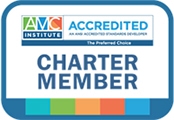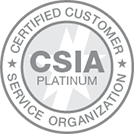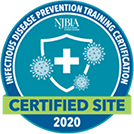I had the privilege of participating recently in a webinar presented by the Mid-Atlantic Society of Association Executives (MASAE), an organization in which AH and many of our Account Executives actively participate. The presenter, Dr. Drum McNaughton, a strategy and change management expert, built his presentation around the premise that not only is change inevitable, but a necessary feature of modern, successful businesses, whether in the public or private sector.
Dr. McNaughton provided great insight into the variables that make change successful, and how best to weave successful change management into the fabric of an organization. He stresses the need for visionary leadership and ongoing reinforcement of the change message. He also supports evaluation of internal processes to ensure they support both the change process and the new reality.
What is striking to me as I reflect on the content of the webinar is that for many of the Associations with which I work, implementing change is not the biggest challenge. Rather, the decision to change is what is holding them back from reaching their fullest potential, and in some cases leading to their systematic decline.

As such, I offer some tools volunteer leaders can use to evaluate their organizations, committees, task groups, and programs to ensure that necessary and productive change can happen:
1. Eliminate the phrase “because we’ve always done it this way” from all discussions. The tried and true is not always wrong, but it should be evaluated on factors other than longevity alone.
2. If a program or service isn’t achieving desired results, hone in on whether the failure is due to internal reasons (clunky process, inadequate marketing, lack of infrastructure), or external reasons (lack of demand, program doesn’t exactly match need, potential audience too small). Sometimes we focus on fixing the wrong things.
3. Invite stakeholder opinion continuously. A diverse group of non-insider stakeholders should be solicited not only to assist in planning, but as a resource for ongoing evaluation of programs and services.
4. Recognize that everything has a life cycle and plan for the fact that programs will both peak and decline over time. Replacement programs must be considered even before the peak of the old ones to ensure consistent delivery of needed member benefits.
5. Strategic planning is critical! McNaughton recommends adding “TA” to the traditional SWAT analysis. T for trends analysis and A for assessment to ensure existing programs are meeting the needs of members.
When an association or committee starts with the premise that change is necessary, the decision-making process will become easier and the chances of effectively implementing the change all the greater.




